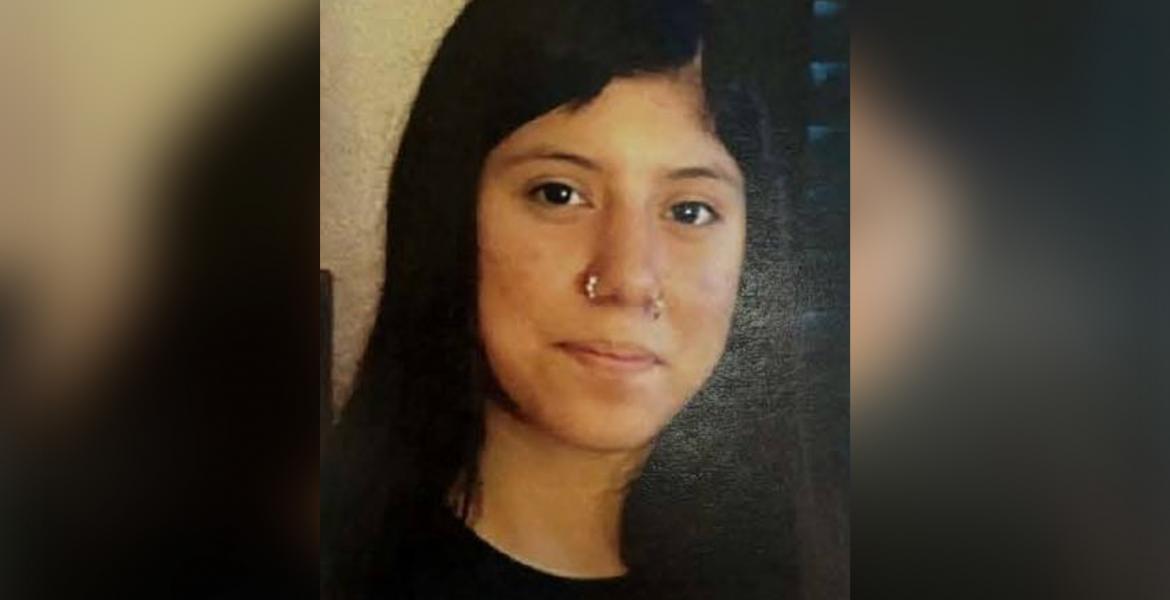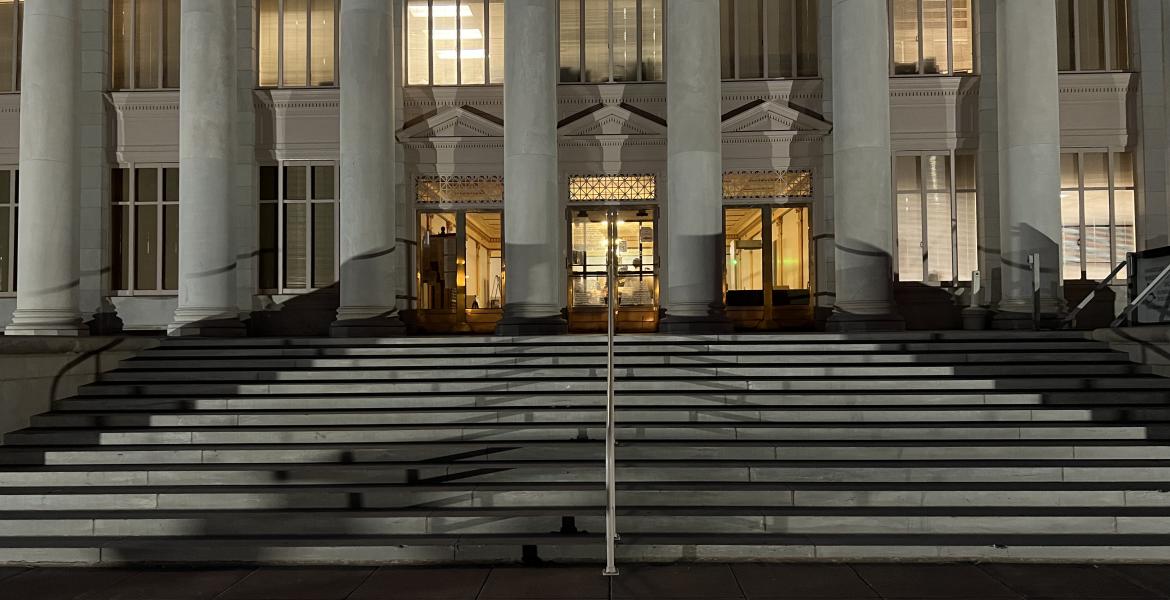Each shift, the phone rings roughly 200 times, each call unveiling a story of theft, fire, violence or suicide. Often, yelling, screaming, crying and threats can be heard in the background, other times the caller just wants to provide a tip or to report on someone or something else. In Tom Green County, some nineteen 911 dispatchers are responsible for taking each call, the first line of assistance for every negative situation in the county.
San Angelo Police Sergeant Victor Vasquez has been supervising the police communications team for the past 14 years. The job isn’t for everyone, he says, but despite the high stress and exposure to negativity Vasquez loves his job.
“We are the public safety entry point for Tom Green County,” he explains. “Every 911 call from Tom Green County should come into us here first.”
Last year, between 230 and 240,000 calls were made to into our out of dispatch, Vasquez estimated, and the peak times vary by shift. Currently, he said, Thursday mornings are the busiest for those on the first shift, and Friday and Saturday evenings and nights are the busiest for other shifts.
Dispatchers receive and make calls during their eight hours on the job, be it with a complainant or a law enforcement officer who needs to clarify or ask for additional information.
In addition to handling all of the phone traffic within the county, the operators dispatch 10 volunteer fire departments, as well as city, county and state police depending on the location of the emergency, Vasquez said. While the job seems complicated, a computer-automated dispatching (CAD) system assists in making logistical decisions.
“We have a CAD system that pretty much everything is programmed into it and it will decide for you [who to dispatch],” Vasquez said. “We basically enter an address and it says it’s in the city limits or it’s in Tom Green County and if it breaks down in Tom Green County—say it’s a fire—it says you’re going to send these agencies over here.”
In order to be able to send assistance, Vasquez said, the single most important bit of information for a dispatcher is the location. Most cell phones are outfitted with GPS systems, whose effectiveness varies with provider, but even small errors such as cardinal directions can delay emergency response times.
“Know your location, know your location, know your location when you’re calling,” Vasquez said. “Be aware of your surroundings. So many people just drive down the street and think nothing of it, but look around. Pay attention to where you’re at. You’ve got to know your location because most calls—probably 90 percent of calls right now—are coming in on cell phones and we’ve got to know where you are so we can help you. With the technology that’s come in—GPS especially—we can get you at least in the area. Some GPS’ are dead on with the areas, but others you’ve really got to know where you’re at to really help the dispatchers out.”
Because cell phones use telephone towers, Vasquez said, it could be that a tower sends a call to the wrong county, especially if you’re located near the county line when you make the call. Dispatch will redirect your call if you’ve been sent to the wrong authority, but helps to be aware of your location in order to avoid confusion.
If someone has no clue where they are, dispatchers will try a variety of methods to help determine the location. One of those is GPS, but others include going through questions and trying to get a match on a location, to getting creative and employing other methods.
“We start narrowing down the search and get to you,” Vasquez said. “We had a dispatcher one time and there was a homeless man with a cell phone and he had no idea where he was and he needed medical attention. That one was an extreme where the dispatcher, she got real creative. She had officers in the general location with their sirens on and we could hear the sirens getting closer and closer, and we’d say ‘alright, stop in that location and look’. You have to be quick on your feet to be thinking as well and how to handle every diverse situation that’s thrown at you.”
Multi-tasking skills and common sense are integral to the position, Vasquez said, pulling up software on five different screens as he demonstrates how a call is taken. Immediately visible is telephone number and type of device, wireless, and an approximate location based on GPS signal from the cell phone.
“I tell people it’s a very common-sense type of job. They have to know how to talk to a 3-year-old child, the intelligent individual, and also be very diverse because they have to handle every situation,” he said. “It could be a stolen bike or an accident with injuries and so on and so forth.”
The most difficult part of the job is dealing with the stress and negativity, he said, and it’s crucial for dispatchers to “debrief and release,” and “leave the job at the front door”.
“All those difficult phone calls have to start somewhere,” he said. “We did have a dispatcher one time, had a suicidal caller, before we were able to get them help—right there on the phone. It’s extremely difficult on them and they are human, but they don’t have the ability to be able to break down right there because you hang up and you’ve got another phone call. That’s why it’s very important for them to be able to debrief and release and leave the job behind. There is life after your shift, you know.”
Vasquez said the high-profile calls tend to be the most stressful, which would be any of those involving a shooting, domestic disturbance, a child, etc., however notes that even smaller situations can become intense when the phones begin to ring.
“If something is major enough, you’re going to have more than one call on it,” he said. “[One time] it was almost 5:00 on the loop and there was a small grass fire. We took 54 calls on that small little grass fire in a couple of minutes. We could tell where they were calling from so we knew they were calling about that, but we still had to answer and we still have to ask because it could be, ‘No, we’ve got a heart attack’ or something else over here.
“They know that it’s their job to be able to help somebody,” he continued. “We tell them they are the first call for help. The public is sometimes not the nicest when they call in because they don’t understand what’s going on. The dispatcher’s sitting there asking them questions and all they’re thinking is—and they tell them—‘just get me some help out here!’ Not knowing that they’ve got police or fire or both of them dispatched already and they’re just gathering additional information.”
Depending on the priority level of the call, dispatchers try send help out within a minute of answering the phone, Vasquez said. These high-priority calls include things like assault in progress, violent crimes, or anything where a perpetrator is still on the premises or the crime is in progress. Call marked less threatening to the public safety are marked as such so that officers know which ones require an immediate response and which can be checked on after those calls are handled.
“It is a very unique job and it takes a unique individual because not every one can take the calls that they take,” Vasquez said. “If you think about it, everything bad out there, starts almost with a phone call to us.”
Subscribe to the LIVE! Daily
Required






Post a comment to this article here: